Maintaining Crape Myrtle involves a combination of practices to ensure healthy growth, abundant flowering, and an attractive overall appearance. Here are maintenance tips for Crape Myrtle:
- Watering:
- Establishment Phase: Water young plants regularly to help establish a strong root system. Keep the soil consistently moist, especially during the first growing season.
- Mature Plants: Once established, Crape Myrtle is relatively drought-tolerant. However, regular watering during dry spells promotes better flowering.
- Soil:
- Plant Crape Myrtle in well-draining soil. Amend heavy or clay soils with organic matter to improve drainage.
- Fertilization:
- Apply a balanced, slow-release fertilizer in spring when new growth begins. Follow the recommended dosage on the fertilizer packaging.
- Avoid excessive fertilization, as this can lead to excessive vegetative growth at the expense of flowering.
- Pruning:
- Structural Pruning: Perform structural pruning in late winter or early spring to remove dead, weak, or crossing branches. This helps maintain an open canopy and improves air circulation.
- Deadheading: Remove spent flowers to encourage continuous blooming.
- Avoid Over-Pruning: While Crape Myrtles can tolerate pruning, avoid over-pruning, especially severe topping, as it can lead to excessive, weak growth known as “Crape Murder.”
- Mulching:
- Apply a layer of organic mulch around the base of the plant to conserve moisture, suppress weeds, and regulate soil temperature. Keep the mulch away from the trunk to prevent issues with trunk rot.
- Winter Care:
- Crape Myrtles are generally hardy, but in colder regions, consider providing winter protection for young plants during their first few winters. Mulch around the base can help insulate the roots.
- Pest and Disease Control:
- Monitor for common pests like aphids, scale insects, or powdery mildew. Use insecticidal soap or neem oil for pests and fungicides for fungal issues if necessary.
- Sunlight:
- Ensure that the plant receives full sunlight for optimal flowering. Lack of sunlight can result in reduced blooming.
- Disease Prevention:
- Provide adequate spacing between plants to improve air circulation and reduce the risk of diseases.
Regularly inspect your Crape Myrtle for signs of pests, diseases, or any issues, and address them promptly. Following these maintenance practices will help ensure a healthy and beautiful Crape Myrtle in your landscape.

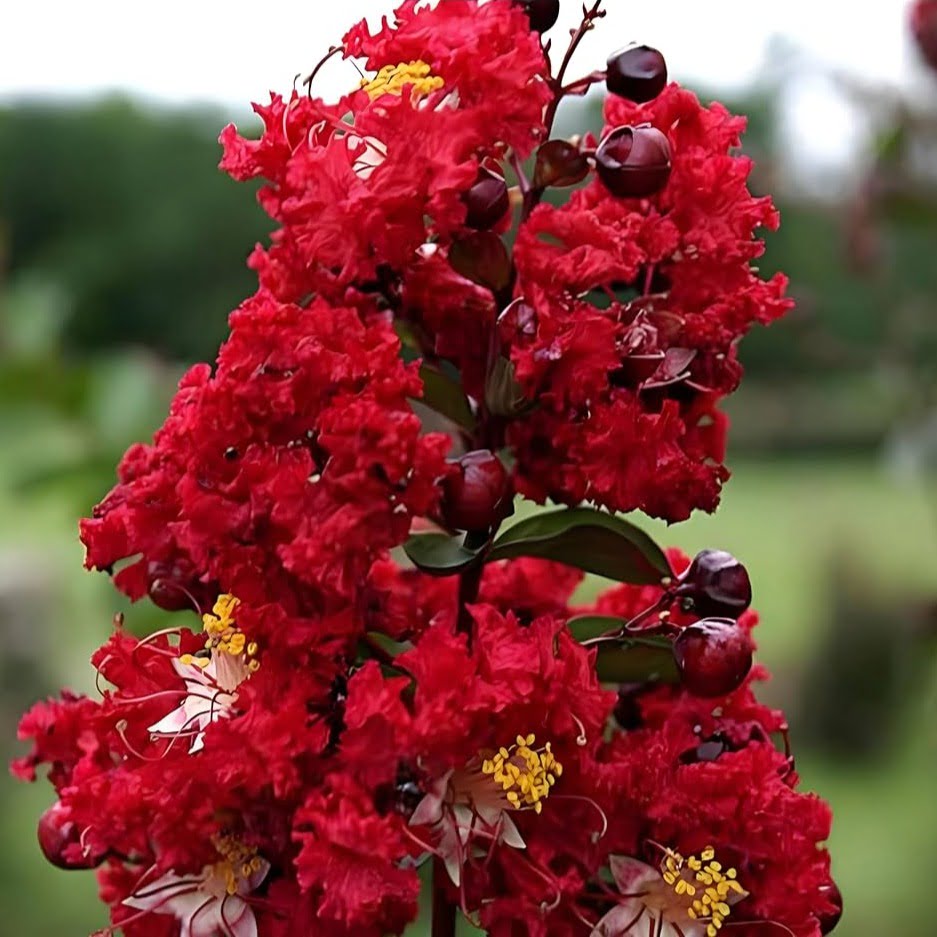
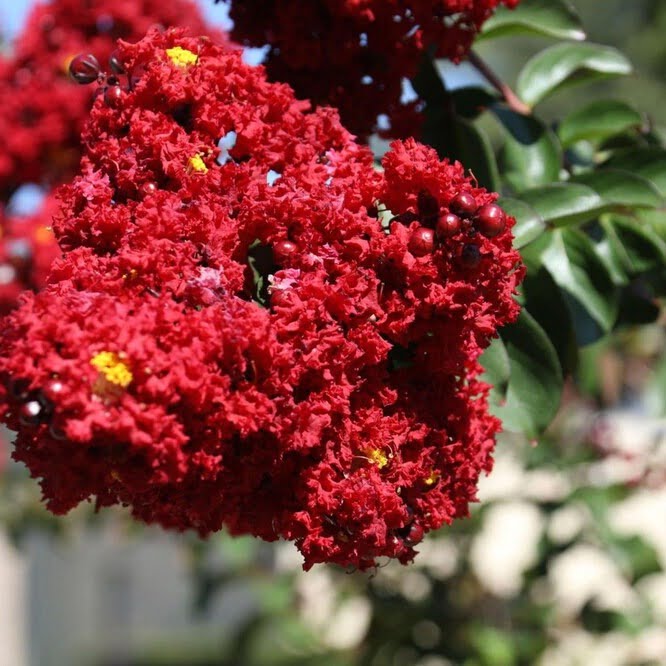
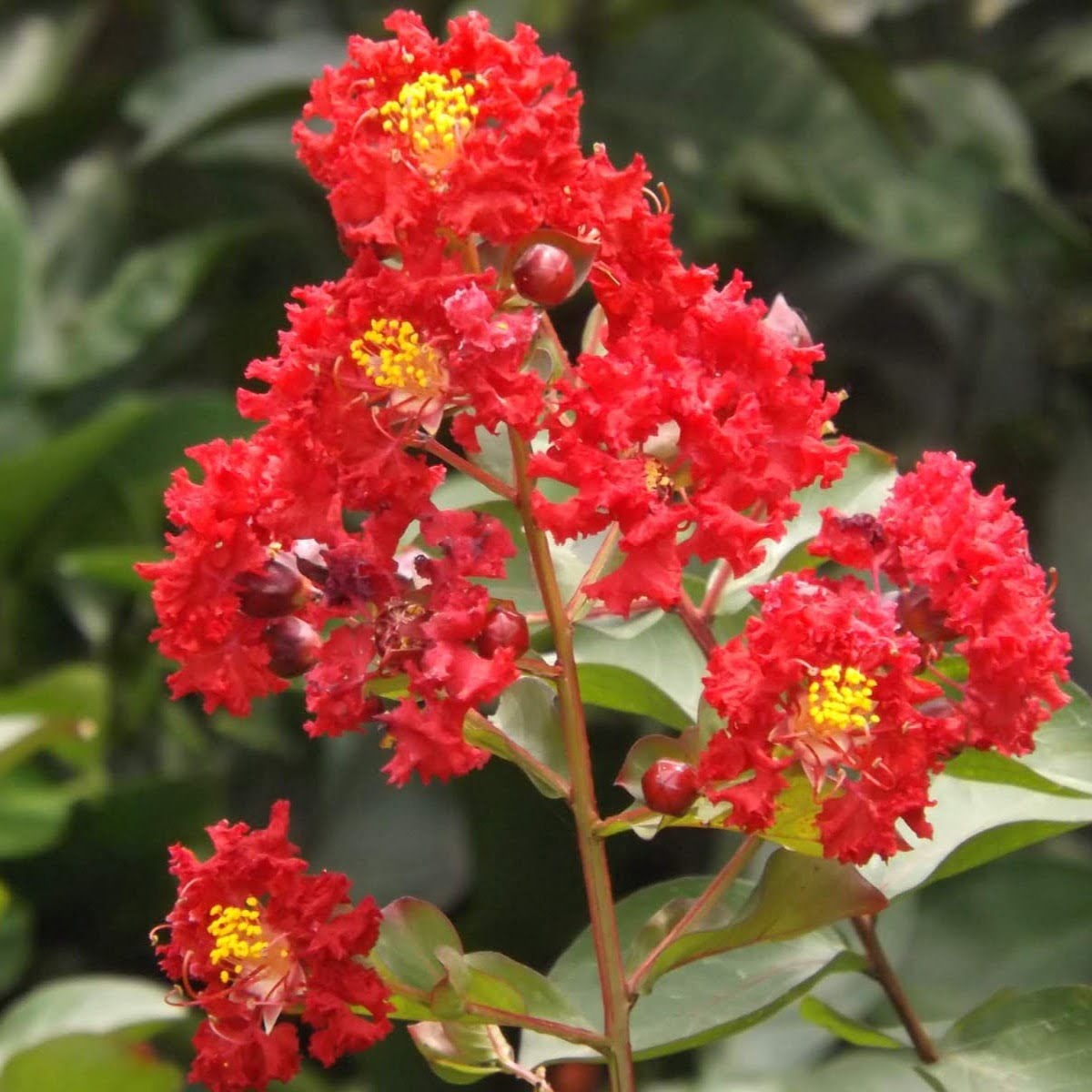





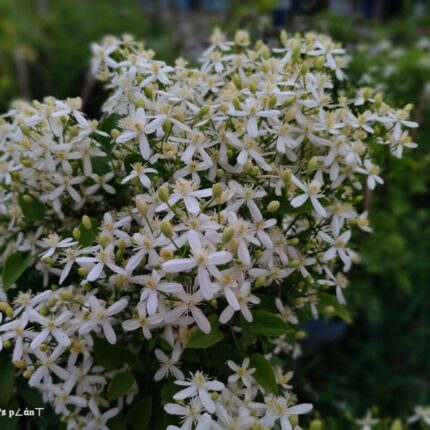
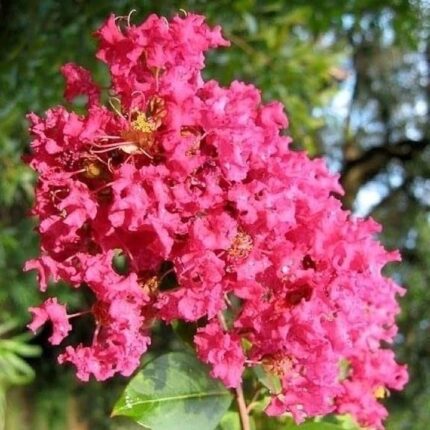




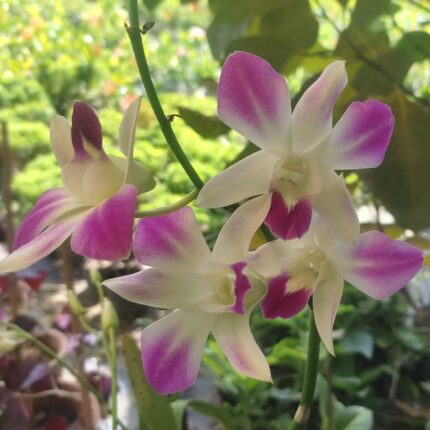
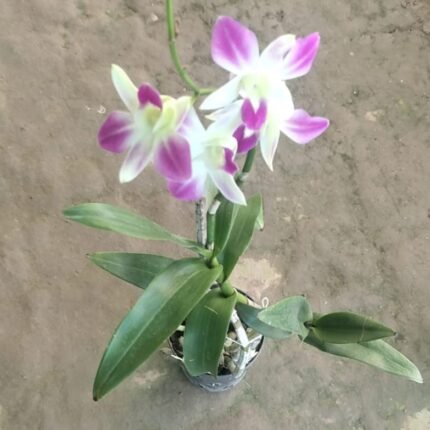

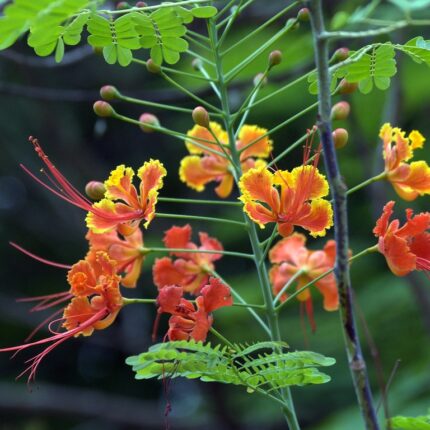
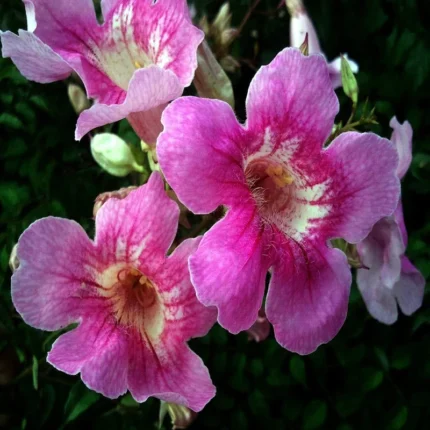
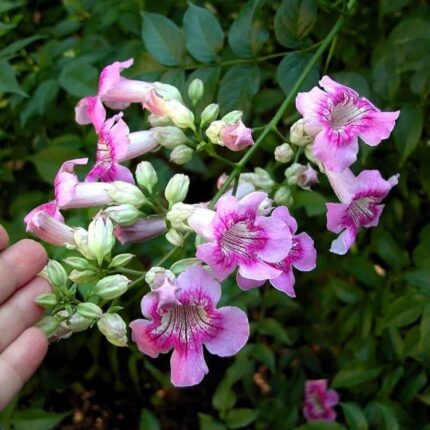
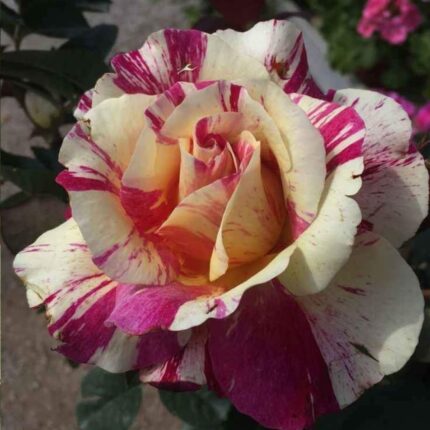
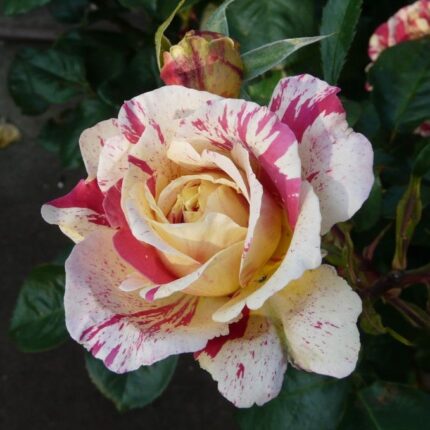
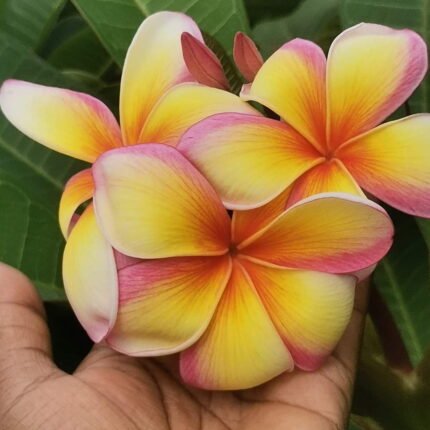




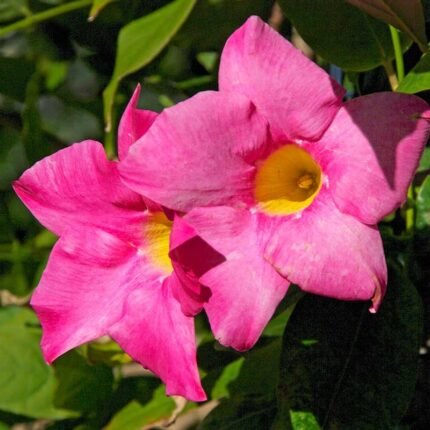

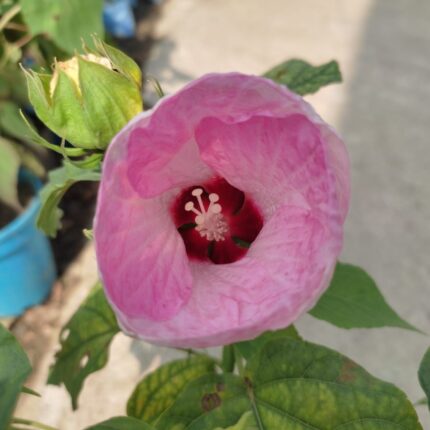
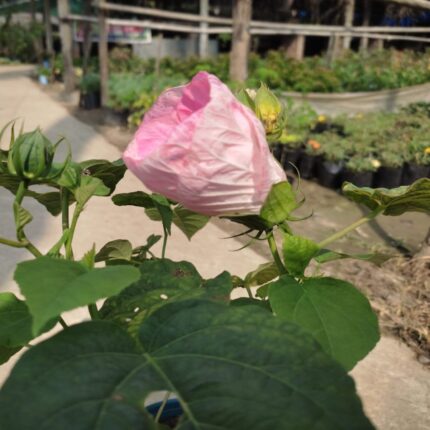

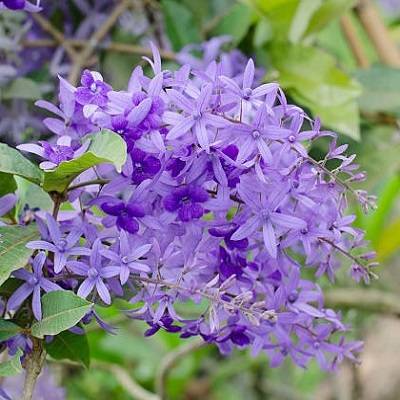



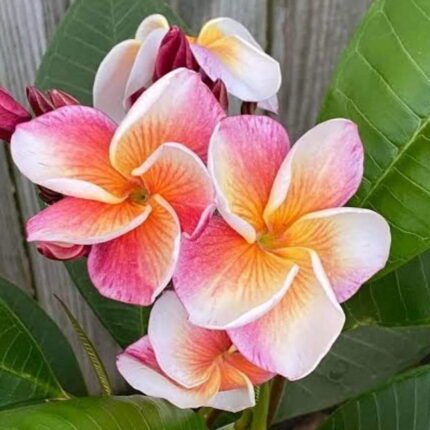
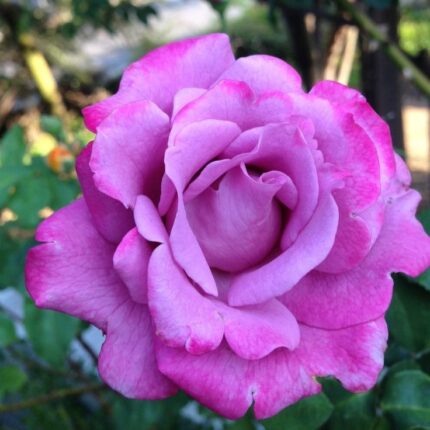


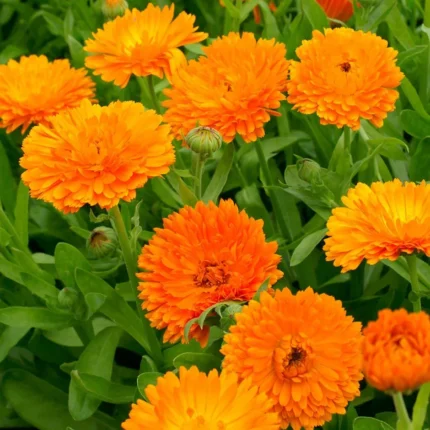
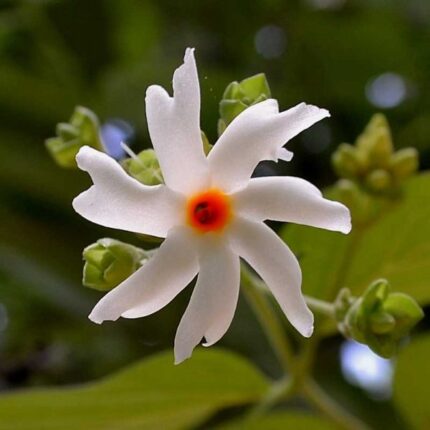
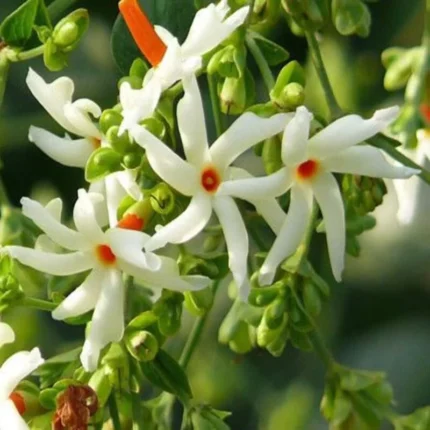
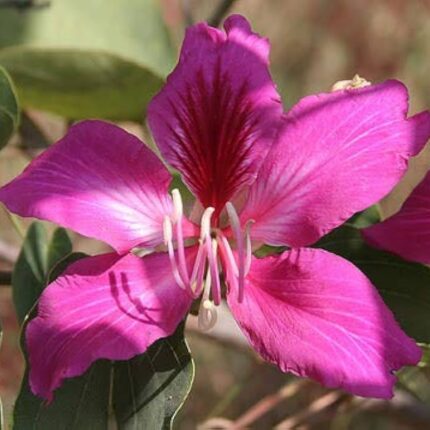
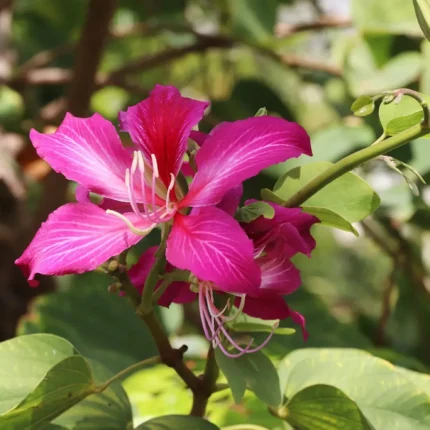



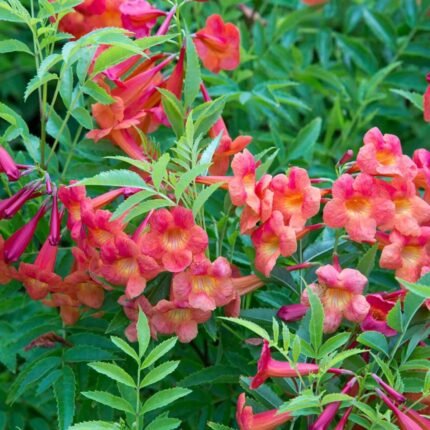
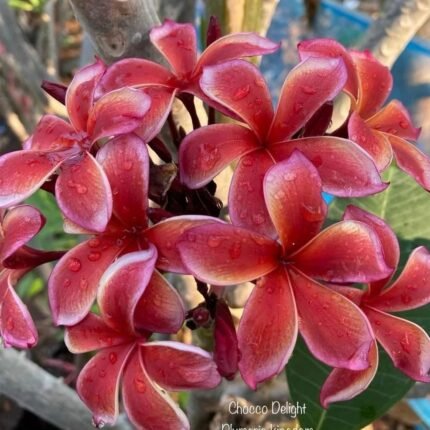

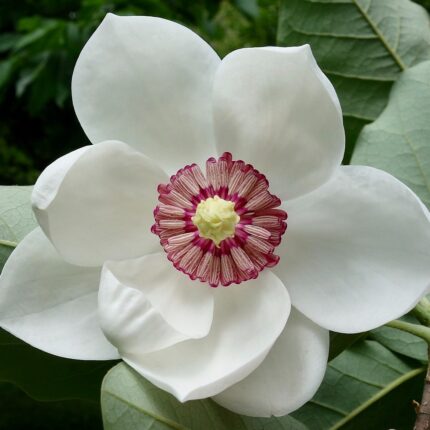
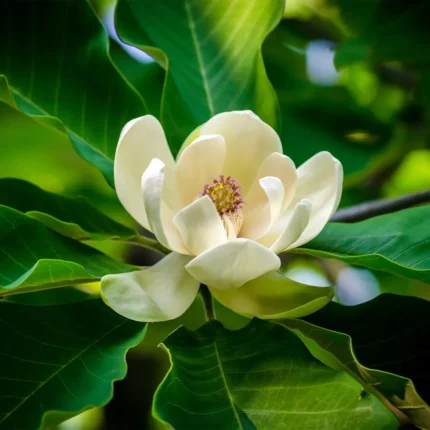
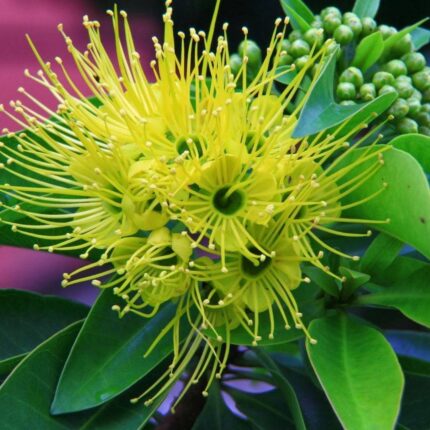
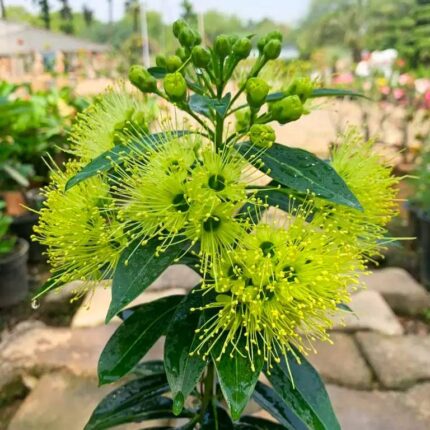

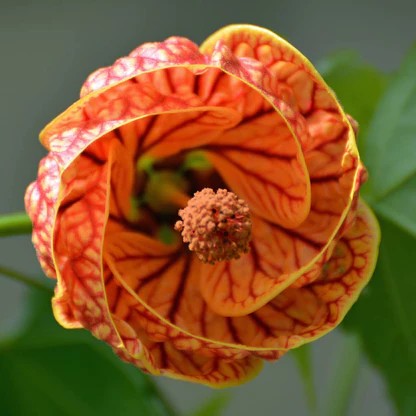

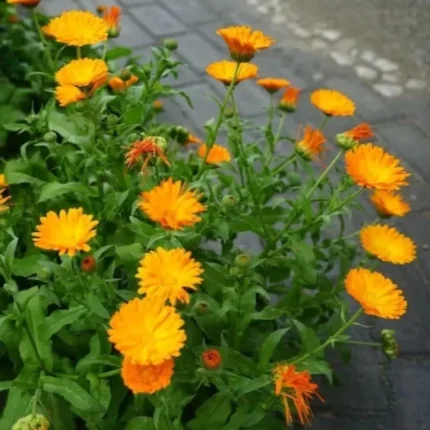



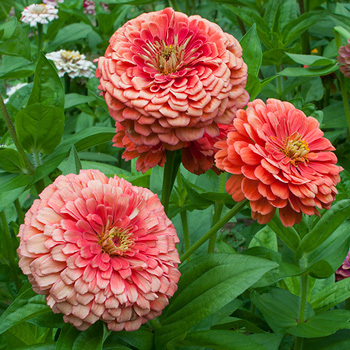






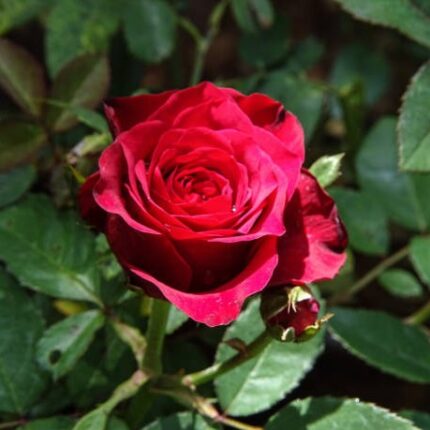
Mohanlal Golla –
Loved the how well the plants were packed. Such a pleasant experience. Thank you Royals Plant!
Ehsaan Bhatnagar –
Extremely happy about the healthy condition of the plants. Thanks a lot! Royals Plant never disappoints.
Madhup Dave –
Totally worth it! the plant condition on arrival. Thanks a lot! Thank you Royals Plant!
Heer Kuruvilla –
Genuinely impressed by the vibrant and healthy plants. Love the service. Thank you Royals Plant!
Heer Bumb –
Very satisfied with the vibrant and healthy plants. Such a pleasant experience. Royals Plant never disappoints.
Dishani Yadav –
Truly amazed by the plant condition on arrival. Such a pleasant experience.
Kanav Deep –
Totally worth it! the packaging and timely delivery. Such a pleasant experience. Thank you Royals Plant!
Vidur Guha –
Very satisfied with the packaging and timely delivery. Keep up the good work!
Pritha Bhowmik –
This plant is doing great! It arrived healthy and has already started growing new leaves. The plant was packaged safely with care, using eco-friendly materials which I appreciated.
Neel Guha –
Great value for the price. The plant was lush, green, and clearly handled with care. Very secure packaging, and even the box smelled fresh when I opened it.
Soham Lahiri –
Great value for the price. The plant was lush, green, and clearly handled with care. The plant was packaged safely with care, using eco-friendly materials which I appreciated.
Vanya Varghese –
Good quality, on-time delivery.
Fateh Chahal –
Loved the plant, very healthy.
Divij Mahajan –
Very fresh plant, nicely packed!
Reyansh Raju –
Plant is thriving, thank you!
Nirvaan Bhatnagar –
Satisfied with the plant, looks great.
Bhamini Ganesan –
Loved the plant, very healthy.
Alisha Gokhale –
Perfect for my balcony, good job!
Eshani Chakraborty –
Loved the plant, very healthy.
Sayantika Das –
This plant is doing great! It arrived healthy and has already started growing new leaves. Very secure packaging, and even the box smelled fresh when I opened it.
Dhruv Kari –
I had ordered three different types of plants, and all of them arrived in excellent shape. The soil was moist and the pots were very sturdy. Really impressed.
Drishya Sagar –
Unboxing the plants was such a delight. Everything looked exactly like the pictures. Healthy leaves, strong stems, and no damage during transit whatsoever.
Elakshi Sehgal –
I had ordered three different types of plants, and all of them arrived in excellent shape. The soil was moist and the pots were very sturdy. Really impressed.
Yakshit Shan –
Unboxing the plants was such a delight. Everything looked exactly like the pictures. Healthy leaves, strong stems, and no damage during transit whatsoever.
Navya Ratti –
I love how neatly everything was packed. All the plants arrived in perfect condition and are growing really well. Excellent quality and care taken with each one.
Yakshit Kant –
I love how neatly everything was packed. All the plants arrived in perfect condition and are growing really well. Excellent quality and care taken with each one.
Rania Master –
I had ordered three different types of plants, and all of them arrived in excellent shape. The soil was moist and the pots were very sturdy. Really impressed.
Tiya Ram –
Royals Plant has done an exceptional job. From customer service to plant quality, everything was top-tier. Thank you so much for caring about your customers.
Jayan Goyal –
I had ordered three different types of plants, and all of them arrived in excellent shape. The soil was moist and the pots were very sturdy. Really impressed.
Romil Sahni –
Unboxing the plants was such a delight. Everything looked exactly like the pictures. Healthy leaves, strong stems, and no damage during transit whatsoever.
Zain Varty –
I love how neatly everything was packed. All the plants arrived in perfect condition and are growing really well. Excellent quality and care taken with each one.
Siya Bera –
Great experience ordering online, will come back again.
Divyansh Sangha –
I love how neatly everything was packed. All the plants arrived in perfect condition and are growing really well. Excellent quality and care taken with each one.
Advika Virk –
Everything was well packed and delivered safely.
Ivan Master –
Unboxing the plants was such a delight. Everything looked exactly like the pictures. Healthy leaves, strong stems, and no damage during transit whatsoever.
Keya Kota –
Very impressed with the packaging and plant quality.
Hridaan Sandhu –
Very impressed with the packaging and plant quality.
Tanya Gera –
The plants were fresh and healthy, delivery was quick and neat.
Aarav Char –
The plants were fresh and healthy, delivery was quick and neat.
Keya Andra –
The quality exceeded my expectations.
Charvi Grewal –
Wonderful experience, highly recommended.
Jhanvi Lad –
Affordable and premium quality plants.
Mishti Chokshi –
Everything was well packed and delivered safely.
Nehmat Doshi –
Affordable and premium quality plants.
Zoya Singh –
Everything was well packed and delivered safely.
Zara Warrior –
Royals Plant service was quick and plants were very healthy.
Dishani Lal –
Affordable and premium quality plants.
Anahita Sandal –
Great experience ordering online, will come back again.
Shray Manda –
Excellent service and beautiful plants.
Gokul Bora –
Excellent service and beautiful plants.